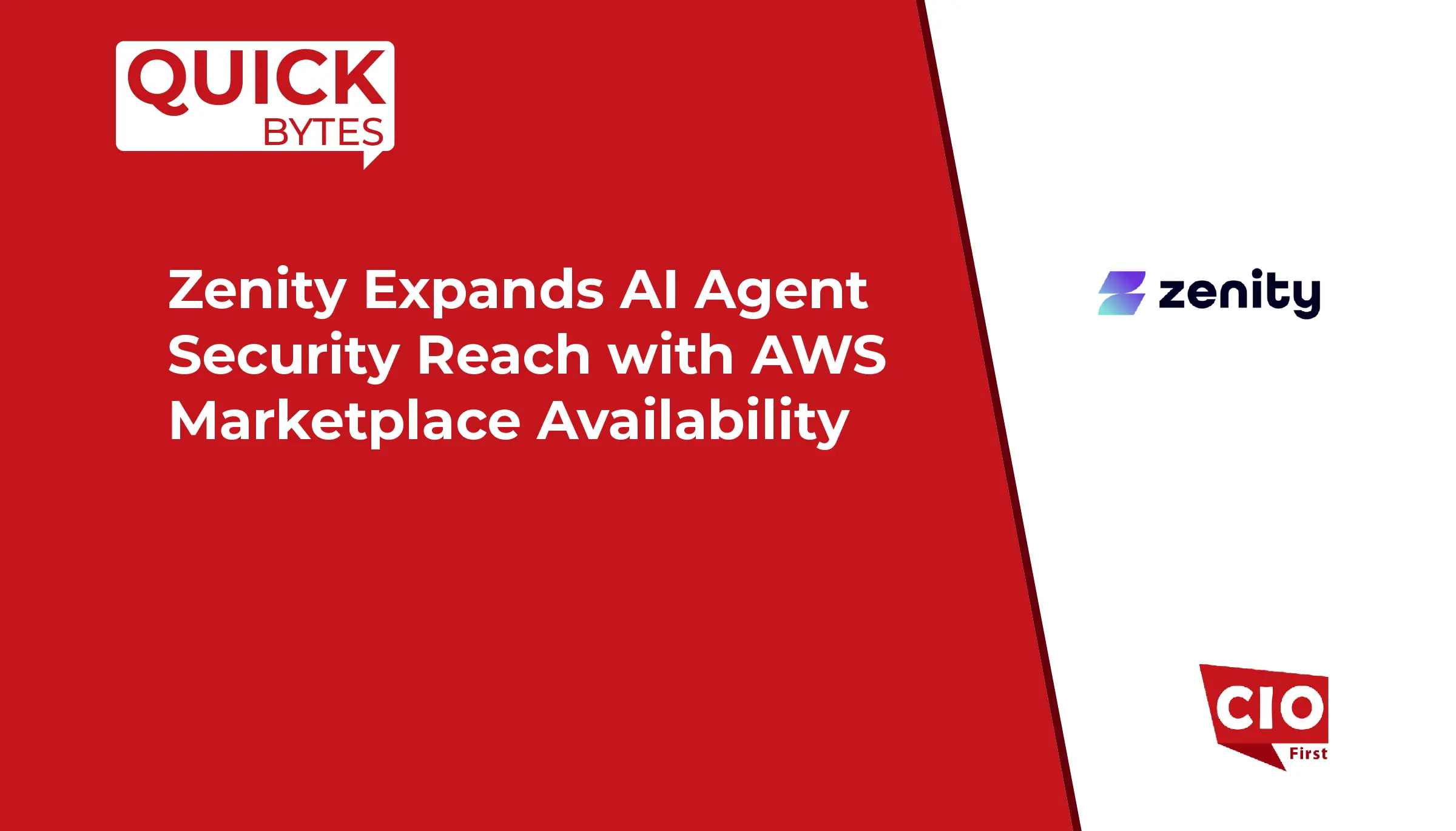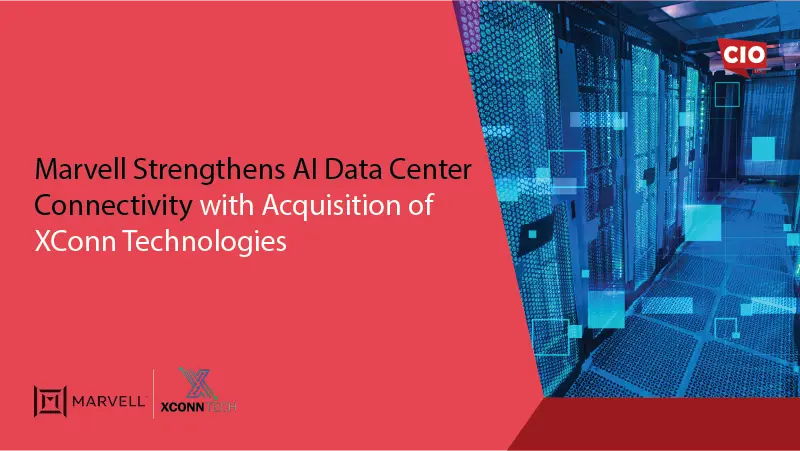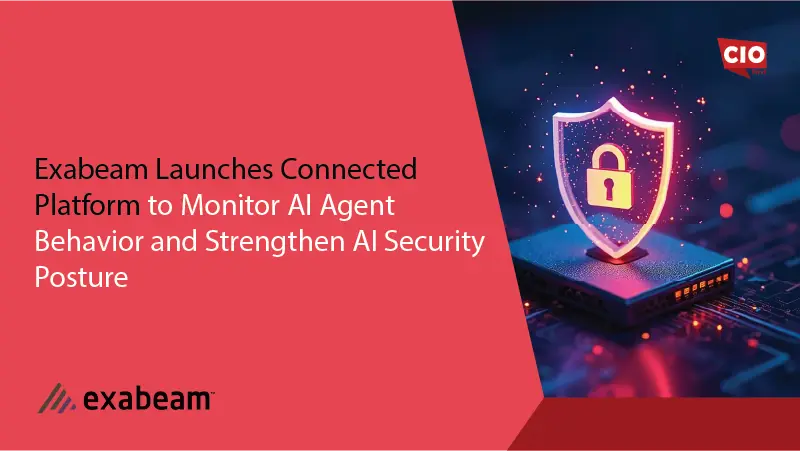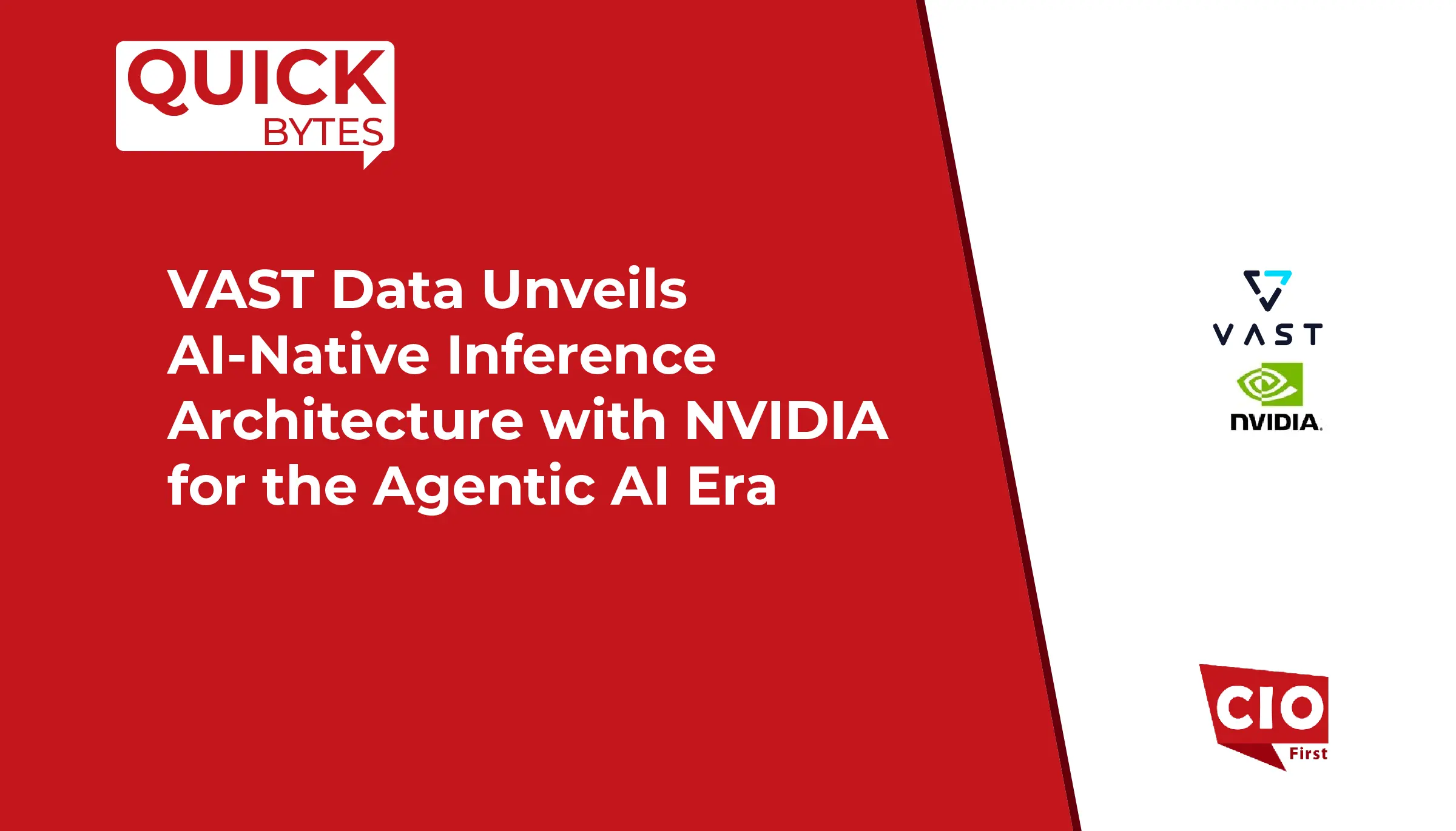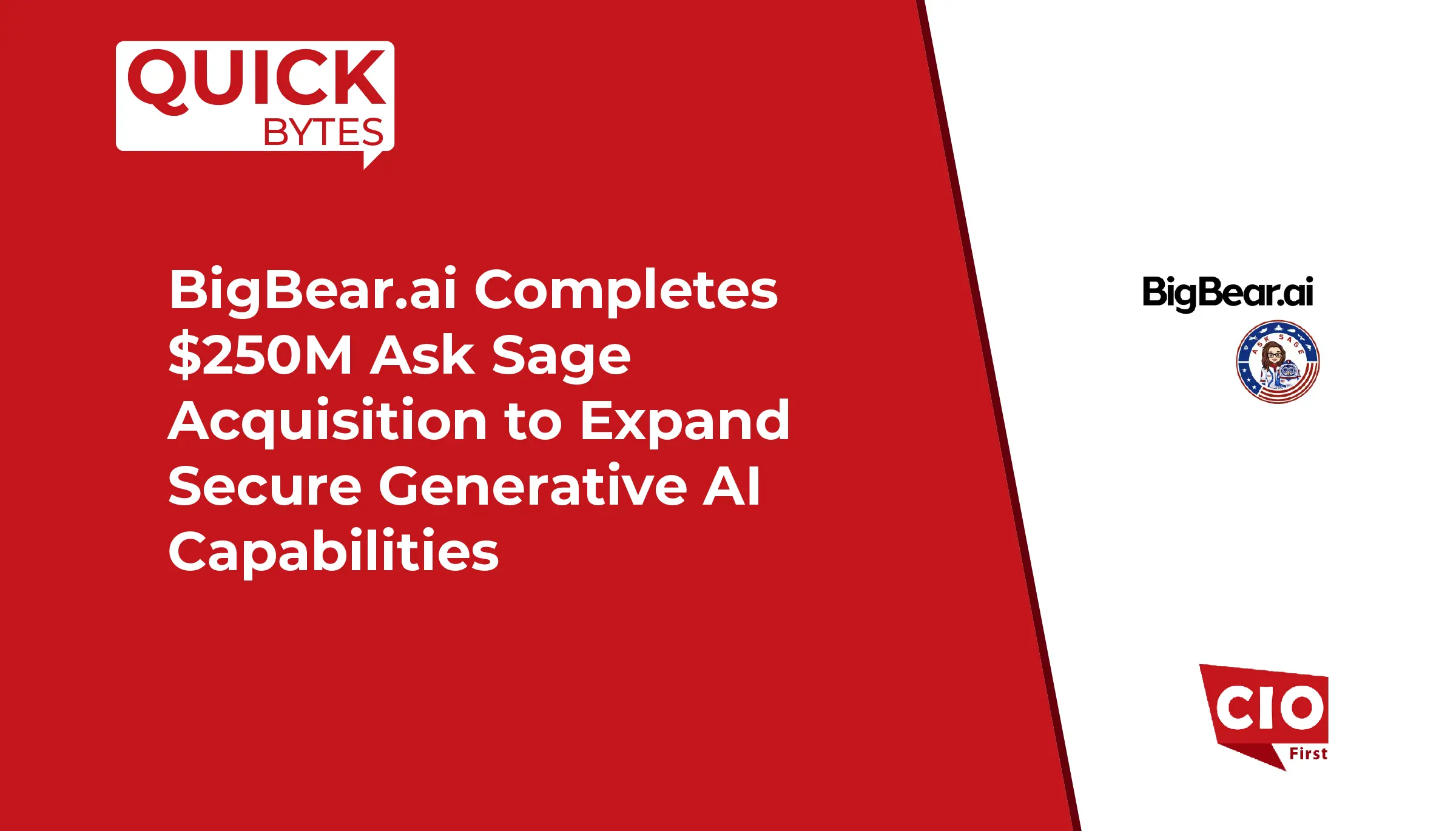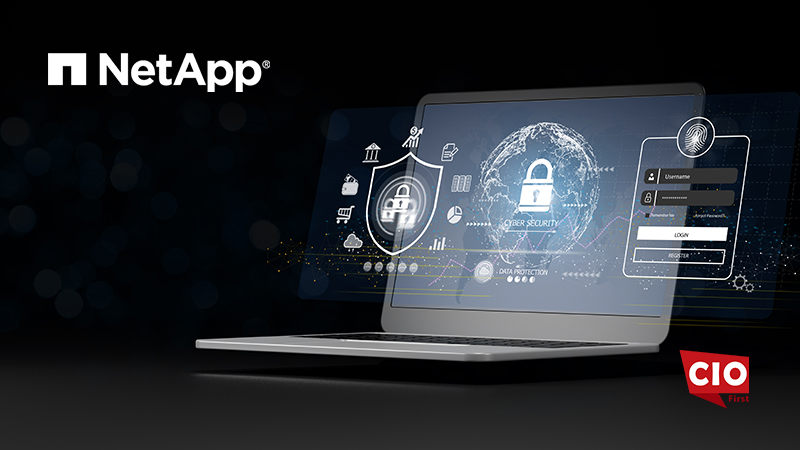NetApp, a data infrastructure company, announced cyber resiliency capabilities that will provide customers with better protection and recovery of their data from ransomware threats . NetApp is one of the first to integrate artificial intelligence (AI) and machine learning (ML) directly into enterprise-grade primary storage to combat ransomware in real time. NetApp’s cyber resilience capabilities protect primary and secondary data for organizations, whether it’s stored on-premises or in the cloud.
Cybercriminals are increasingly targeting ransomware attacks at critical infrastructure and supply chains where operational disruptions can cost millions of dollars, according to Forrester . As a result, 87% of C-level and C-suite executives ranked ransomware as a high or top priority for their organizations, according to NetApp’s 2023 Data Complexity Report . When cybercriminals breach perimeters, networks and identities, storage becomes the last line of defense for organizations’ most critical data. With the looming threat of ransomware, organizations need solutions that not only protect their data, but also quickly recover lost data and return to normal operations. NetApp is upgrading its cyber resilience solutions and leveraging the power of AI so customers can be confident their data will be secure and accessible when they need it.
“NetApp is taking an aggressive and proactive approach to protecting customer data from cyber threats using artificial intelligence. We are the first vendor to explicitly and financially secure our data storage offerings against ransomware,” said Mignona Cote, CSO at NetApp. “Today, we are furthering that leadership with updates that make data defense comprehensive, seamless and simple for our customers.”
NetApp is focused on developing data storage and management systems that maximize data protection and security while meeting data governance and compliance standards, with new updates that include:
- ONTAP’s Autonomous Artificial Intelligence (PAR/AI) ransomware protection will lead the next generation of real-time, enterprise-grade storage ransomware protection, delivering the greater accuracy and performance needed to detect and mitigate new and more sophisticated cyber threats. Three years ago, NetApp pioneered real-time autonomous detection of ransomware directly on enterprise-grade primary storage. Now, NetApp will be leading the way in using adaptive AI/ML models embedded directly into enterprise-grade primary storage to analyze file-level signals in real-time to detect even the newest ransomware attacks with accuracy and recovery. plans of more than 99%. NetApp will offer the first preview of ARP/IA technology next quarter.
- NetApp BlueXP ransomware protection , now in public preview, provides a single control plane to intelligently coordinate and execute an end-to-end, workload-centric ransomware defense. Customers can now identify and protect critical workload data with a single click, accurately and automatically detect and respond to a potential attack, and recover workloads in minutes, protecting their valuable data and minimizing costly outages.
- Application-aware ransomware protection via NetApp’s SnapCenter 5.0 provides immutable ransomware protection for applications. SnapCenter will now apply NetApp’s leading ransomware protection technologies, previously used with unstructured data, to consistent application backup. SnapCenter 5.0 includes support for key ONTAP features such as tamper-proof snapshot copy locking, SnapLock protected volumes, and SnapMirror Business Continuity to enable more robust data protection for applications and virtual machines. SnapCenter 5.0 supports application protection on-premises with NetApp AFF, ASA, and FAS, as well as in the cloud.
- NetApp BlueXP Disaster Recovery , now generally available, offers seamless integration with VMware infrastructure and provides storage options for on-premises and leading public cloud environments. This comprehensive solution eliminates the need for a separate standby disaster recovery (DR) infrastructure, reducing costs. With NetApp BlueXP disaster recovery, failover and failback processes are simplified, enabling smooth transitions from on-premises VMware infrastructure to the public cloud or an on-premises data center.
- The NetApp Keystone ransomware recovery guarantee extends NetApp’s current ransomware recovery guarantee to our leading storage-as-a-service offering, NetApp Keystone. With this guarantee, NetApp will guarantee snapshot data recovery in the event of a ransomware attack. If snapshot data copies cannot be recovered by NetApp, we will offer compensation*.
“Today’s cybersecurity teams face the monumental task of protecting their company’s data from constantly evolving threats, especially ransomware,” said Archana Venkatraman, research director, cloud data management at IDC. “NetApp’s approach to providing a secure, unified storage infrastructure makes storage critical to ransomware protection and reduces the burden on cybersecurity teams. Enterprises looking to strengthen their cyber resilience and shift protection left will increasingly look to vendors that take a secure-by-design approach and develop unified storage and data services.”
“Using NetApp in our Advanced Technology Center, we have significantly simplified our replication process for VMware virtual machines and their underlying data stores to meet or exceed recovery benchmarks,” said Derek Elbert, solutions architect at WWT. “With NetApp solutions, we have successfully established recovery policies for cloud volume workloads or virtual machines without any existing DR strategy, managing everything through NetApp BlueXP. This transforms how we operate disaster recovery for VMware.”
“To store sensitive genomic and health data, we need to use the right technology with built-in security layers,” said Mark Cowley, deputy director of the Children’s Cancer Institute. “With NetApp, we can be sure we are only sharing the right data with authorized researchers. The last line of defense is your weakest web-based system, so we implemented role-based access and added resiliency to all of our tools.”
NetApp’s latest cyber resilience updates empower organizations to proactively address cybersecurity threats in complex hybrid and multi-cloud environments by leveraging AI to identify threats and prevent disruptions to their operations.
SOURCE: BusinessWire







